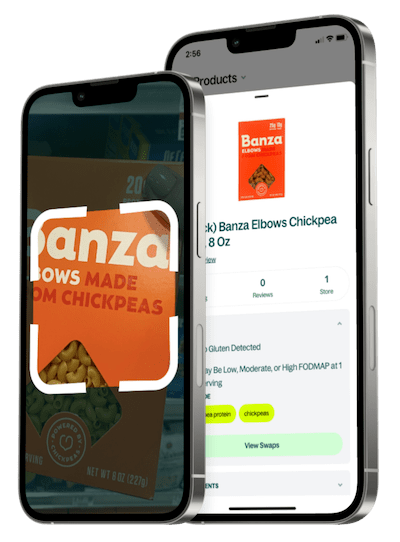Is kung pao tempura cauliflower Vegetarian?

Description
Bold, savory-spicy notes balance with a sweet tang; a crunchy tempura exterior gives way to a soft interior. Commonly used as a snack, appetizer, or side alongside rice or salads. Reviewers frequently praise the initial crispness and flavor intensity, while noting occasional inconsistency in sauce coverage and reheated texture quality.

Description
Bold, savory-spicy notes balance with a sweet tang; a crunchy tempura exterior gives way to a soft interior. Commonly used as a snack, appetizer, or side alongside rice or salads. Reviewers frequently praise the initial crispness and flavor intensity, while noting occasional inconsistency in sauce coverage and reheated texture quality.
Ingredients
Cauliflower, Water, Tempura Batter Mix (Rice Flour, Unbleached Enriched Wheat Flour (Wheat Flour, Niacin, Reduced Iron, Thiamine Mononitrate, Riboflavin, Folic Acid), Sugar, Leavening Isodium Bicarbonate, Sodium Acld Pyrophosphatel, Palm Oil, Monoglyceride, Guar Gum, Riboflavin), Soybean Ol, Kung Pao Sauce: Water, Sugar, Soy Sauce (Water, Soybean, Wheat, Salt), Modifled Cornstarch, Pineapple Juice Concentrate, Rice Vinegar, Tomato Paste, Sesame Ol, Ginger, Spices, Yeast Extract, Dried Garlic, Xanthan Gum, Contains Soy, Wheat
What is a Vegetarian diet?
A vegetarian diet eliminates meat, poultry, and fish but typically includes dairy, eggs, and plant-based foods. People adopt it for ethical, environmental, or health reasons. This diet emphasizes fruits, vegetables, legumes, grains, nuts, and seeds as key nutrient sources. Vegetarians often get protein from eggs, tofu, beans, and lentils. It can offer health benefits such as reduced risk of heart disease and improved weight management, though attention should be given to nutrients like iron, zinc, and vitamin B12. With proper planning, a vegetarian diet can be both nutritionally complete and sustainable.


